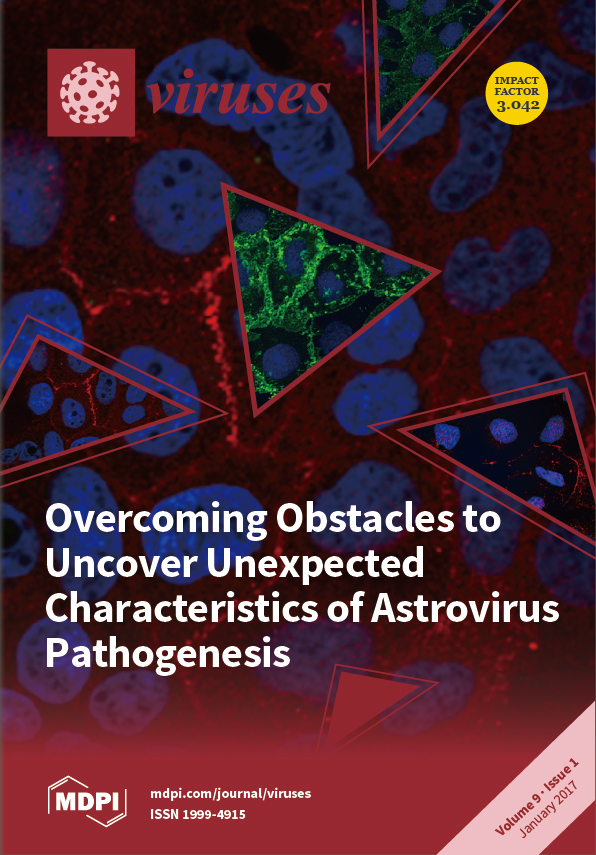Open AccessReview
Adenoviral Vectors Armed with Cell Fusion-Inducing Proteins as Anti-Cancer Agents
by
Joshua Del Papa 1,2,3 and Robin J. Parks 1,2,3,4,*
1
Regenerative Medicine Program, Ottawa Hospital Research Institute, Ottawa, ON K1H 8L6, Canada
2
Department of Biochemistry, Microbiology, and Immunology, Faculty of Medicine, University of Ottawa, Ottawa, ON K1N 6N5, Canada
3
Centre for Neuromuscular Disease, University of Ottawa, Ottawa, ON K1N 6N5, Canada
4
Department of Medicine, University of Ottawa, Ottawa, ON K1N 6N5, Canada
Cited by 10 | Viewed by 6008
Abstract
Cancer is a devastating disease that affects millions of patients every year, and causes an enormous economic burden on the health care system and emotional burden on affected families. The first line of defense against solid tumors is usually extraction of the tumor,
[...] Read more.
Cancer is a devastating disease that affects millions of patients every year, and causes an enormous economic burden on the health care system and emotional burden on affected families. The first line of defense against solid tumors is usually extraction of the tumor, when possible, by surgical methods. In cases where solid tumors can not be safely removed, chemotherapy is often the first line of treatment. As metastatic cancers often become vigorously resistant to treatments, the development of novel, more potent and selective anti-cancer strategies is of great importance. Adenovirus (Ad) is the most commonly used virus in cancer clinical trials, however, regardless of the nature of the Ad-based therapeutic, complete responses to treatment remain rare. A number of pre-clinical studies have shown that, for all vector systems, viral spread throughout the tumor mass can be a major limiting factor for complete tumor elimination. By expressing exogenous cell-fusion proteins, many groups have shown improved spread of Ad-based vectors. This review summarizes the research done to examine the potency of Ad vectors expressing fusogenic proteins as anti-cancer therapeutics.
Full article
►▼
Show Figures






